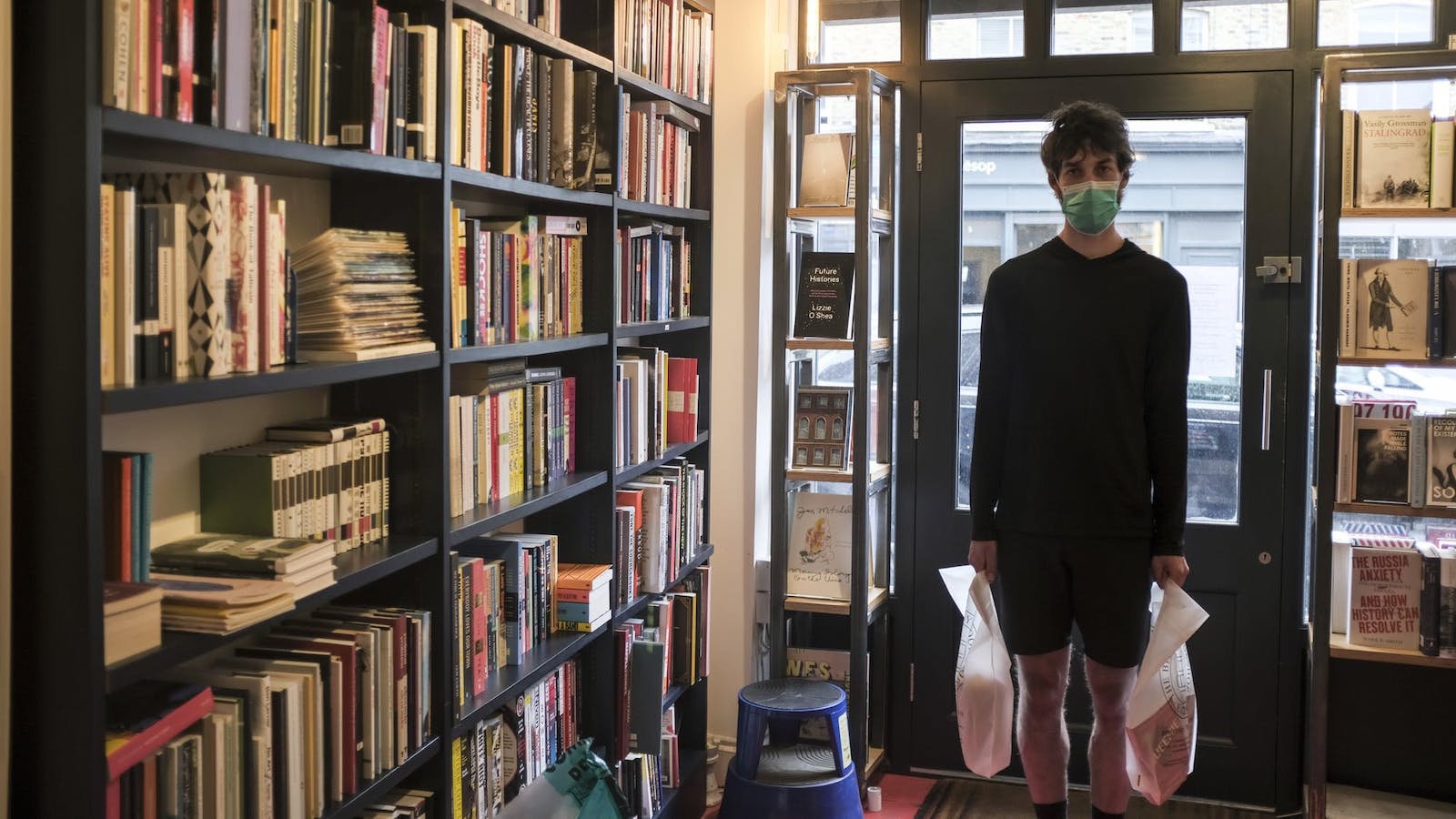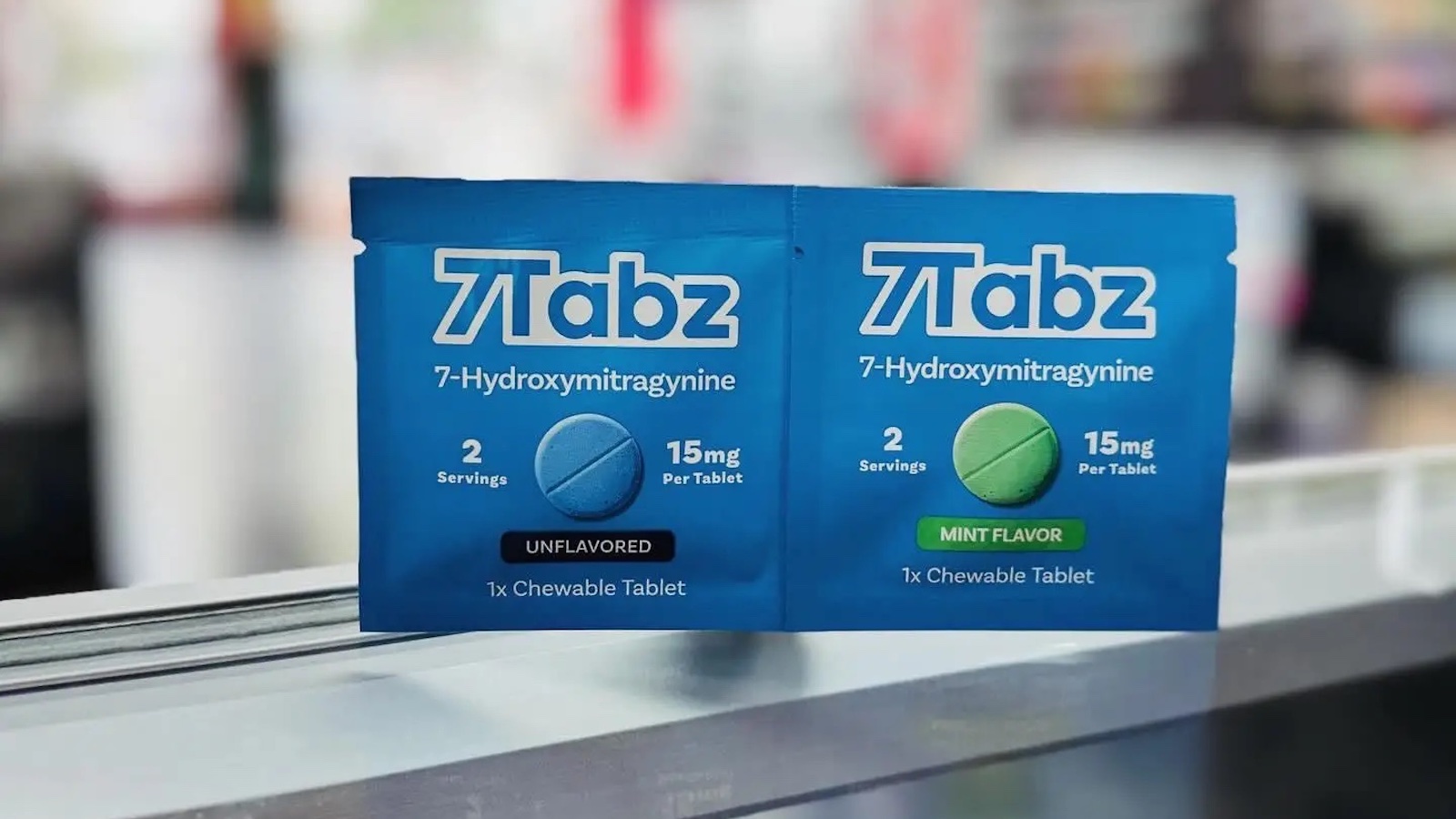
Fear for Health Decreases Health
“There is nothing as infectious as fear.” —Violet Asquith Bonham Carter, 1906
Long before COVID-19, fear had struck into the hearts of our little family. Before our eyes, our young son’s health deteriorated and, at 57 pounds, our 12-year-old was hospitalized with a life-threatening illness. (For comparison, his healthy, 6-year-old brother weighed 53 pounds.) Fear of death was an endless, dreary companion. Even now when my son’s health is stable, the memories of dreaded trips to hospitals, visits where days and nights blended into one blur, still sink a lead weight onto my heart.
So you can imagine, when COVID first began to flash across our nation’s consciousness, I focused with intensity. Growing out of a small, frail boy is a thin, potentially susceptible teenager, who, like most boys, only thinks about his medical condition when he absolutely must. I felt rather equipped educationally, with a Ph.D. in Exposure Assessment, which is very closely aligned to Epidemiology, and also a Bachelor’s and Master’s in Chemistry. Pre-kids, I had worked for a major pharmaceutical corporation, and during this hiatus to rear two sons, I began to skim through online journals, preparing for eventual re-entry into the field.
The fear of COVID was understandable to me, and naturally, at its onset, when plunged into the first alarming reports, my sons looked to me for interpretation. They, like the rest of us, were worried. I had no data from China to evaluate. Instead, I poured over the publicly-available CDC data (Center for Disease Control and Prevention) on their website. Though not a medical doctor, I know that victims of many illnesses are those who are the most immune-challenged: the elderly, the immune-developing (especially fetuses and young children) and those who are immune-suppressed… my son. I surmised that if healthy older children and adults were as vulnerable to death as the elderly, this would indeed be a strange and extremely novel disease, and it was going to be an enormous challenge to keep myself and my kid alive.
However, graphs for age susceptibility (U.S. rates of COVID cases per 100,000, by age group) soon revealed that both incidence and mortality were most likely in the elderly. Vulnerability correlated with cardiovascular disease, diabetes, obesity, respiratory illnesses… none of my son’s conditions. The older, sicker people are most susceptible, the rest of us less so. The more I read from the CDC website, the less worried I became about the virus, though I did take preventative measures such as laundering hand towels more frequently than I had, wiping countertops, and begging my kids to keep their hands away from their faces. Chemical and Engineering News reported that this was an easy virus to kill with soap and water, and I breathed easier. I began to suspect that this was indeed behaving like a flu virus.
No longer overly concerned, I related what I found to my kids, our friends, and our neighbors. I wanted them to feel reassured, as I now was. Yet, on walks around the neighborhood, I met with polite, but definite skepticism. Fear was palpable when I went to the grocery store. People eyed each other suspiciously. An old lady screamed at people for being too close to her in the vegetable aisle. No one smiled, a courtesy which is still maintained in this part of the state.
I couldn’t understand why the fear of COVID was so prevalent, until I paid closer attention to news reports.
As a scientist, I rarely had time for the popular media outlets. I listened to radio on commutes, but scientists write first for journals, and do not generally report findings for lay audiences. In fact, research rarely reaches the popular media until it has been peer-reviewed. Researchers write for their colleagues in technical language, with experiments, methods of data collection, and statistical analyses carefully documented. What reaches the public is often diluted, simplified, and sometimes garbled in translation. When I shifted from the science of the CDC to the science of the general media, I suddenly understood why I seemed to stand alone, without fear.
I began to look at the newspapers, whose information was sparse and their headlines horrifying. One late April evening, our local paper headlined the 4 COVID deaths in our county. I quickly scanned the article and converted the information to practice some math calculations with my eighth grader: mean, median, mode. Mean age: 85; median age 85; mode: 85. Isn’t the life expectancy of Americans 78? I spluttered, “This is very sad for their families, but this headline is going to frighten people out of their wits! All were co-morbidities, too!” After a few days of this, my sons shook their heads at each other and told me to put down the paper, “Mom, we can’t let you see the newspapers.”
I had to take a newspaper diet, never watched TV anyhow, and I began fasting from the radio, viciously snapping off airwaves when the unusual example of a COVID death to a young, previously healthy person was highlighted. This skewed picture emphasized the atypical case, rather than the highly probable cases of an elderly person with multiple co-morbidities succumbing.
Also, where were the comparisons to the flu to put this into perspective? I wondered why no one in the media seemed to be presenting the numbers of deaths that usually occur. While every death is terrible and lamentable, my rough calculation using the CDC’s Morbidity and Mortality Weekly report spreadsheets sketched that we probably have overall, approximately 50,000 deaths per WEEK in this country, from ALL causes. An average of 3,000–5,000 deaths, per WEEK, in our country occur from the FLU alone. This could have provided a bit of perspective, instead of an all-consuming, swirling panic.
What made me most angry was that many people I knew, who were very similar to me in lifestyle choices, who exercised, had yearly check-ups, were devoted to organic food and healthy living—my friends—were now anxious for their lives, expecting to be cut down, at any instant, by COVID.
In recent years, researchers have been examining stress and its role in human health. To paraphrase Gilbert Gee and Devon Payne-Sturges in Environmental Health Perspectives (2004), stress is the state of activation of physical and psychological readiness, in order to help an organism survive its external threats. Stress is an excellent tool for short-term survival, with the ‘flight or fight’ response mobilizing energy reserves and heightening vigilance. However, a sustained or chronic stress response leads to wear-and-tear on the organs, impeding the body’s ability to defend itself from further external challenges.
Health outcomes are being measured as a function of stressors to conditions such as noise, proximity to green spaces, and pollution sources. This is germane to our COVID state because we have learned that how one responds to stress is proposed to be the result of not only how healthy one’s body is initially, but also how one appraises the situation. Equal stress, but differing social support or perception of stressors, can lead to different health outcomes.
Fear. This year, fear pervades our country.
Alarming news spills endlessly from all-too-eager media sources, and whether their aim is to captivate us or inform us, the result was the same: COVID equals fear, a fear of imminent death, a sword dangling above us on the thinnest of threads. Human bodies are feeling the effects of this stress, if not now, then in the long-term.
My concern is that fear is not only dividing neighbors, family, and community, but that the stress of prolonged fear can have long-term health consequences. While we lived for several years with fear during our son’s health collapse, this year, instead of succumbing to fear of COVID, I chose to ignore the media surge and direct my family’s hearts and our home to a peaceful equilibrium.
“Fear not.” It is the old Christmas legend of angels speaking these words to the shepherds. As centuries and millennia slip along, we have shed the burden of superstition but not that of welcoming outside messages. We should look to science for some of them, yet also be shepherds of our own health and that of our families. Stress can adversely affect our health: emotional, mental, and physical. That might be newsworthy.
Free the People publishes opinion-based articles from contributing writers. The opinions and ideas expressed do not always reflect the opinions and ideas that Free the People endorses. We believe in free speech, and in providing a platform for open dialogue. Feel free to leave a comment.




Tim McShane
At risk of sounding pompous, I am a biologist as well, and the whole pandemic has been quite annoying to me. When you peel away the sensationalism of the media, this virus has acted not unlike other pandemics. The data really isn’t that alarming, though we ought to, rightly, be concerned about the spread. From the beginning, I told myself and those around me to not let the fear be paralyzing, and to live our lives. Unfortunately, our society at large seems to have sent the other way and fear has ruled the decision-making. I would like to hope that large-scale rebellion to the authoritarianism is coming, but I haven’t seen that critical mass yet.
Stephanie C. Hamel
Thank you so much for your comment. It was very encouraging to read that others, particularly life scientists, have come to the same conclusions that I have. In the summer, after asking every medical person I had contact with and reviewing data, I talked to my son’s specialist and asked her medical opinion and concerns, and finally concluded aloud, “This [Covid-19] isn’t a monster.” No.
In October, I read a summary of an article on the use of saline (table salt) nasal spray as being efficacious in both the decrease of duration and intensity Covid (AND the flu). To destroy Covid virus, adding a little bit of baby shampoo to a saline solution was recommended as a wash for someone who recently had eye surgery, and my own dentist had me rinse with hydrogen peroxide before my check-up for the same purpose. Why doesn’t the media spread these simple tactics? They may not be glamourous, but having this simple, inexpensive, available and effective tool to combat the virus would reduce people’s feeling of helplessness, which is intertwined with their fear and their perception of risk. Why doesn’t the media spread these strategies?
On another note, I contacted the PA Dept. of Health, Office of Epidemiology, to remind them of the research of my former colleagues, Dr. Paul Lioy and Dr. Karen (Reed) Fought, who quantified children’s hand-to-mouth activity in late 1990s. My concern was, and remains, that people are touching and adjusting their masks to such an extent, that hand transfer of viruses after touching masks, will offset the benefit of wearing the mask (except those worn, in a health care facility, or around a vulnerable individual, and then, in those instances, healthy people should dispose or clean the mask immediately after leaving). I was told that the “PA State Epidemiologist wasn’t making the mask decisions, you need to speak to someone in Policy.” I remain flabbergasted, tried again to speak to a scientist, and was firmly told that “This is a Policy decision.”
Thank you again for your encouraging words. Fear might not be as widespread as I had thought. SCH